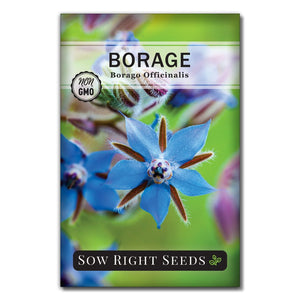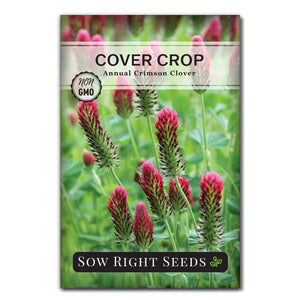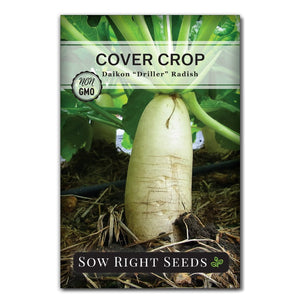What Do Fertilizer Numbers Mean and Why It Matters For Your Home Garden
Improving soilWhen you shop for fertilizer for your garden, you’ll notice that each package has three numbers in a row. It can be confusing until you understand what those numbers represent.

The N-P-K Ratio: What the fertilizer numbers mean
The three numbers on the label is a national standard for fertilizer grade. Those numbers tell you a fertilizer’s N-P-K ratio: nitrogen, phosphorous, and potassium, always in the same order. These numbers are each a percentage of the whole.
This means 10-10-10 fertilizer contains 10% nitrogen, 10% phosphorous, and 10% potassium. The other 70% will be a combination of other nutrients.
Macronutrients: What Plants Need to Thrive
Now that you understand what the numbers represent, let’s explore what each of the primary nutrients does for plants in general, which can help you decide which fertilizer to use.
Nitrogen (N) - Nitrogen encourages leaf production and stem growth. Nitrogen plays a significant role in photosynthesis, so this nutrient can be thought of as the “green” nutrient, and you may want to provide a little more to green leafy vegetables.
Phosphorous (P) - Phosphorus in fertilizer comes in the form of phosphate (P2O5). Phosphorous is essential for cell division and new growth. Phosphorous encourages strong root growth as well as flowering and fruiting. You may pick a fertilizer that has more phosphorus for plants with edible roots, flowers, or fruits.
Potassium (K) - Potash (K2O) provides the potassium in a fertilizer. Potassium promotes overall plant health and disease resistance so that your plants are vigorous, hearty, and healthy.
Fertilizers with higher numbers have concentrated amounts of these macronutrients. Don’t be tempted to over-fertilize or think more is better. Always dilute according to instructions to prevent nutrient toxicity and plant burn.

Secondary Nutrients & Micronutrients
The rest of the weight of a fertilizer blend will consist of other nutrients. These numbers are just listed in the ingredients list rather than being represented by the N-P-K ratio.
Secondary nutrients calcium, magnesium, and sulfur are vital to soil health but are needed in much smaller amounts than the Big 3.
Micronutrients are needed in tiny amounts by plants, and fertilizers may not contain any of these. Healthy soil with plenty of organic matter isn’t usually deficient in these minerals: boron, copper, iron, molybdenum, zinc, chlorine, and manganese.
How Do I Choose a Fertilizer Grade?
An all-purpose fertilizer will have a balanced ratio like 5-5-5 or 10-10-10. However, if the fertilizer is meant to promote leaf growth or flowering, it may have a bit more nitrogen or phosphorous. There are many custom blends out there for different plant types.
A soil test report will tell you about your soil health and composition, and give you information on what nutrient deficiencies your soil has. Choose a fertilizer that has the right content to meet the needs of your plants based on your soil composition.
Above all, don’t be afraid to ask questions! If you're unsure, a little research or a discussion with an expert at your local nursery is always worth the time.
Written by Teresa Chandler










Leave a comment